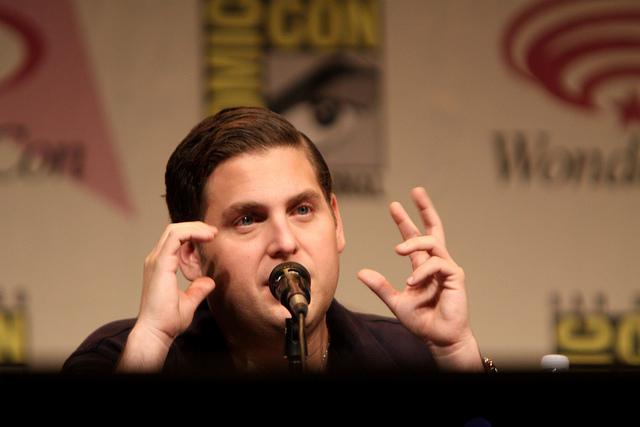Wisconsin Union Directorate Film hosted a free advanced screening of “Mid90s” at the Marquee Cinema in Union South last week. The crowd began flooding in an hour before the showing, revealing their eagerness to see Jonah Hill’s directorial debut.
Set in the summer of 1996, “Mid90s” tells the story of innocence lost by thirteen-year-old Stevie (Sunny Suljic) as he befriends a group of older boys he meets at Motor Avenue skate shop in Los Angeles. While the film’s title sets itself up to be an ordinary, nostalgic coming of age story, Hill attempted to reject that quintessential narrative of fetishized nostalgia in order to develop an accurate representation of the period.
The film opens up on Stevie being thrown to the ground and aggressively beaten by his older brother Ian (Lucas Hedges). Before Ian leaves, he yells at Stevie not to enter his room, yet that’s the first thing Stevie does, of course. Rather than damage or steal anything from Ian’s room, Stevie sneaks in to admire and cherish his brother’s collection of CDs, clothing and weights.
The opening scene not only establishes their abusive relationship but also sets up Stevie’s characterization as an adolescent seeking a sense of belonging and validation. Both of which permeate the entire story being told in “Mid90s.”
When stumbling upon Motor Avenue skate shop, Stevie meets the four boys who ultimately take him under their wings: Ray (Na-kel Smith), the most serious and talented of the group, “Fuckshit” (Olan Prenatt), the irresponsible one always encouraging the group to get into trouble, “Fourth Grade” (Ryder McLaughlin), the aspiring filmmaker picked on for his unintelligence and inability to communicate and Ruben (Gio Galicia), the youngest of the group before Stevie joins.
The movie was mostly fixated on character development rather than plot and the acting really drove the film. Besides Stevie’s character, the rest of the group are played by non-professional actors. This decision helped with Hill’s resistance of overly performed nostalgia and instead renders a more convincing and authentic feel. An impression effortlessly evoking the innocent adolescent desire to be accepted by the people they look up to.
For the most part, Hill encapsulates1996 without succumbing to overt romanticization — Jonah Hill was thirteen in 1996 — just like Stevie. The film is shot in grainy 16mm, presented in 4:3 ratio, and uses a pan-and-scan technique to emulate the 1990s viewer experience of watching movies on VHS and cassettes. This cinematographic decision creates the sensibility of a documentary-like home video, disconnecting the audience from the performative nature of film at large.
Additionally, the film’s soundtrack (ranging from A Tribe Called Quest to the Beastie Boys), costuming and overt use of politically incorrect language, also work to convince the audience of its accurate representation.
While the film is not particularly evocative of Jonah Hill’s style as an actor, it is difficult to watch the film without being constantly reminded that he is the writer and director. But, he managed to craft the past in an unsentimental and credible way.


